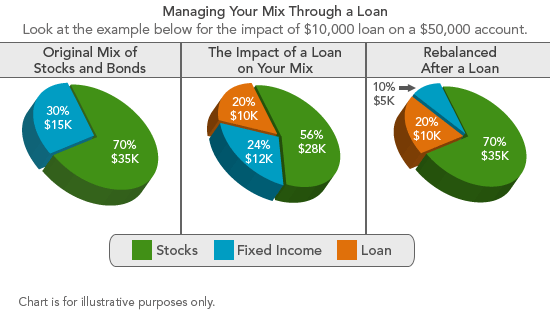Why Asset Allocations Fail And What You Can Do About It
Post on: 3 Апрель, 2015 No Comment

Many investors have put money into asset allocation strategies or age-based strategies on the hypothesis that these schemes are diversified and therefore less risky. They believe they can invest in such a strategy and not need to worry. Unfortunately, they found, like in 2008, they do need to worry. Here is why these widely sold allocations don’t work for most investors, or at least, they only work under limited circumstances.
Diversification of what behaviors?
Having 50 types of birds gets you an aviary not a zoo, and when someone walks into it — the animals are all going to act like birds. That is there will be little diversification of behavior. Most asset-allocation models are diversified by asset classes or even sub-classes but not by behaviors.
If your asset-allocation is diversified with 10 sub-classes of risky assets it’s not necessarily less risky. It is just risky in 10 different ways. Owning a large-cap stock and a mid-cap stock is like owning a Cardinal and a Blue Jay. They may look different but they behave pretty much the same. Large Caps and Mid-Caps behave pretty much like domestic stocks.
Three money behaviors — spend, save or invest.
When it comes to money, there are only three behaviors that people and businesses can act on. They can save, they can spend, or they can invest. Most asset-allocation models assume they will invest. If people in general invest more, then these allocations do well. If people don’t, they won’t do well. It’s that simple. If people don’t want to buy stocks or bonds your allocation is going to have trouble.
What happened in 2008?
Well we all know what happened during the financial crisis, so the question is why did it happen? We’ve all heard the complicated answers, but if people and businesses can only save, spend or invest. What behavior did they exhibit? Well, more or less, they all started to save. They sold stock or bought less of it and instead saved their money. And where do people, business, and financial institutions save large sums of money? They buy U.S. government bonds. When that happened stocks declined and government bonds went up, which drove down interest rates.
What went wrong for the investor?
Most investors in asset-allocations lost because they were only diversified into one behavior — assets that appreciated when people invested. If people didn’t invest, then the portfolio failed. It really is that simple. If you buy investments and people don’t want to invest — it will be hard to find a new buyer.
When this happened their allocations behaved like this.
Is there a better way?
Can an investor avoid this problem? Yes, by diversifying for and against the three behaviors — spending, saving and investing. Buy some investments that do well when people invest, some that do well when they save and some that do well when they spend. Allocate to all of these behaviors. Then have an additional asset class to protect against inflation.
Here is how to do it.
Saving — Use an investment in U.S. Government bonds like TLH. VGIT. TLT. PLW to capture movement into savings.
Spending — It’s natural to believe that the stock market does well when people spend, and it makes sense that it would, but it doesn’t always. In the most of late 1960s and early 1970s people spent steadily but the stock market didn’t really do much. I address this in more detail in this article .
But, spending does generate solid cash flow for businesses and that means businesses can pay their bills and pay off their bonds and pay workers who can then pay their mortgages MBB. GNMA. VMBS. So to capture spending look at preferred stocks like PFX, PFF or PGF. Corporate bonds that pass along solid cash flow like VCLT or ITR also do well. Utility stocks could also be an option. Use RYU. or XLU. VPU or IDU .
Inflation — First, it is widely believed that gold GLD is an inflation hedge, but it’s not. If you look at the data it doesn’t correlate well at all with inflation. The only reliable inflation hedge is U.S. government Treasury Inflation Protected securities. So use TIP. IPE. VTIP or SCHP to protect against inflation.
In my recent article I show investors a simple way to build an all-weather absolute-return portfolio with four ETFs by thinking of building a sailboat. If you do it this way the portfolio will behave more like this.
Disclosure: I have no positions in any stocks mentioned, and no plans to initiate any positions within the next 72 hours. I wrote this article myself, and it expresses my own opinions. I am not receiving compensation for it (other than from Seeking Alpha). I have no business relationship with any company whose stock is mentioned in this article.














